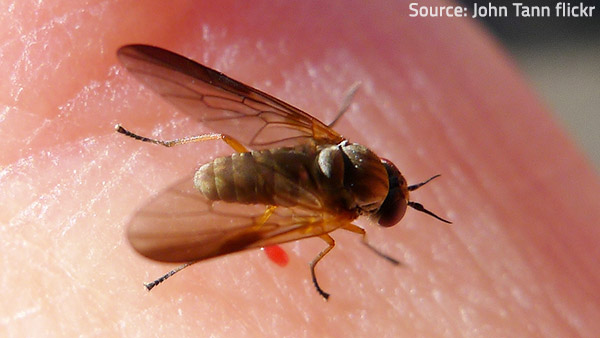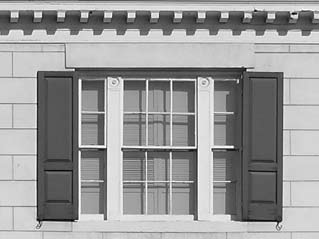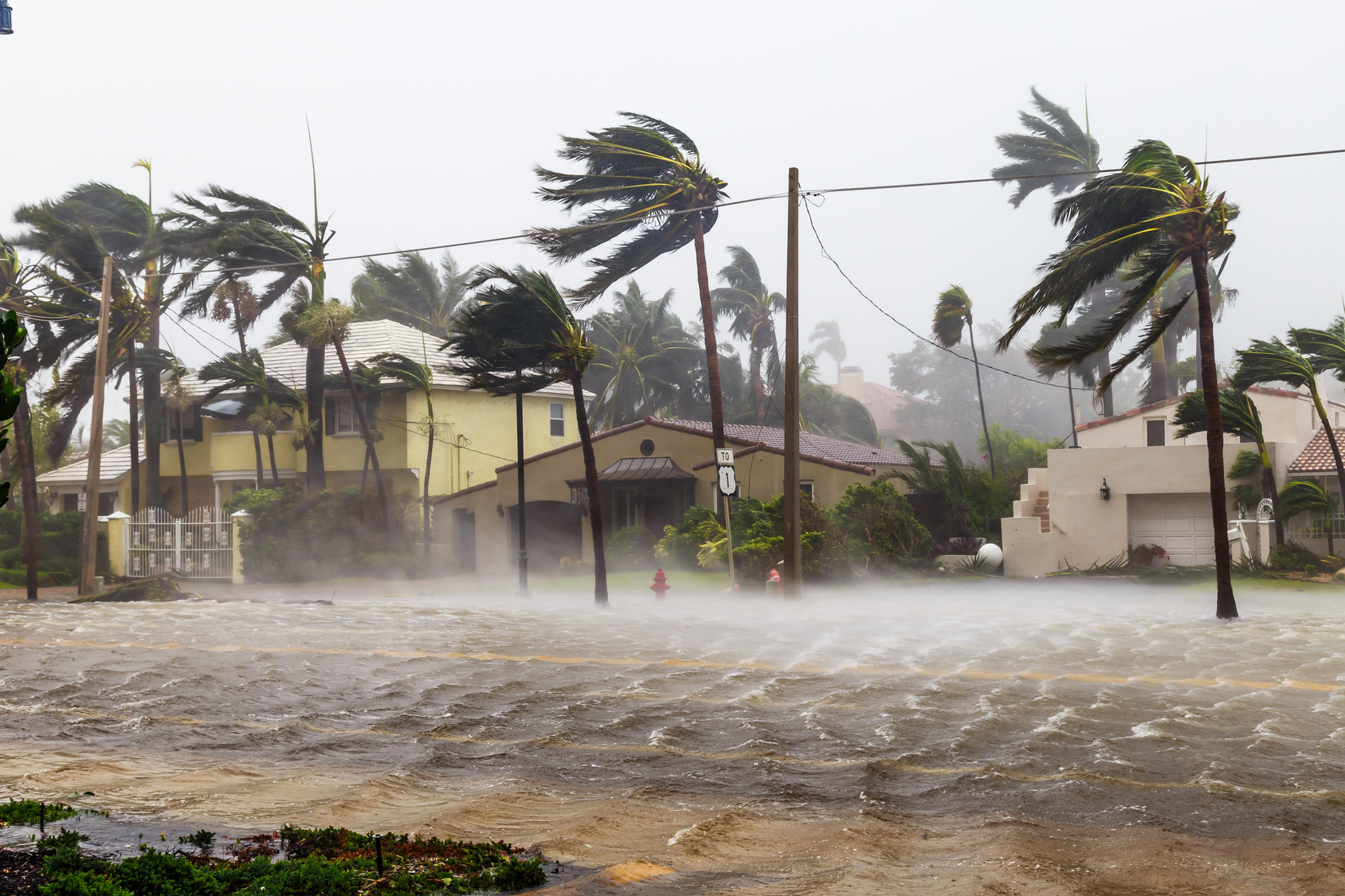Safety Tips for Outdoor Bonfires and Fire Pits
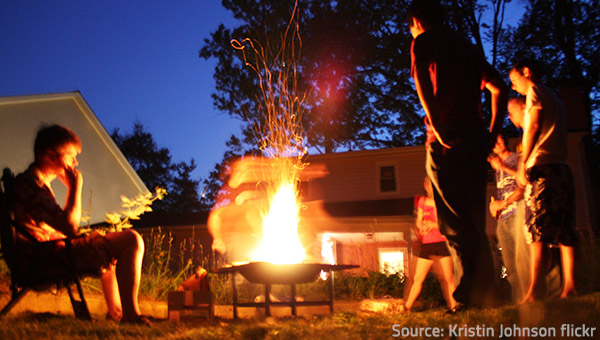
Backyard fire features add comfort and cheer to the ambience.
It takes nothing more than the crackling of burning logs and the glimmer of playful flames to summon joyful spirits and good humor to your backyard gathering with family or friends on a crisp peaceful evening. Whether you are telling scary stories, roasting marshmallows, or dancing around the open fire, the glowing embers and the cheerful sparkles will undoubtedly provide great comfort and unique charm to the ambience.
However, outdoor fire poses great risks and many delightful experiences have come to quite an unfortunate end as a result of reckless behavior and careless mistakes. Errant sparks from unattended open fires can not only set your own house ablaze, but can also endanger other nearby buildings and green areas.
So, in order to reduce fire hazards and avoid fire damage to your property, you should be prudent and take proper precautionary measures as detailed in the following essential summer safety tips for outdoor fires.
Backyard Fire Options
First things first, when choosing your backyard fire features, you should take into account several crucial factors determined by the differences between bonfire and fire pits.
Fire Pits vs. Bonfire

Bonfires are awesome but also rather dangerous.
Unlike fire pit fires, bonfires are not pre-confined to metal bowls or stone pits so they are larger and more difficult to control. Bonfires are generally intended for celebrations and large gatherings as the blazing flames add a lot of grandeur and allure to the festivities. However, they emit intense heat, so people usually enjoy them without getting too close to the fire. Remember that you need a lot of open space to safely build a bonfire, so don’t risk it unless you have a really large backyard or live in the country.
Fire pits, on the other hand, are much safer and easier to handle so they have gained a lot of popularity in the recent years. Besides, they come in a great variety of types and sizes, so you can choose the one that best suits your preferences, your budget (actually, they are quite affordable) and your available space.
Fire Pit Designs
Fire pits are attractive and fascinating features that considerably improve the overall look and feel of your backyard design. Besides, they have a practical aspect too – many fire pits are intended for cooking so that you can enjoy a beautiful fire and delicious grilled food at the same time. There are permanent structures, as well as temporary and portable fire pits, so take your time and weigh the pros and cons of all the options in order to make an informed decision that will provide the aesthetic value and the practical functionality you’ve been looking for. When making your choice, don’t forget the relevant safety issues as well – you certainly don’t want to deal with fire damage restoration after a joyful evening around your backyard fire pit.
Wood Burning Fire Pits
This type of fire pit provides the closest experience to a campfire you can have in your own backyard – warmth, crackling firewood, and mysterious smoke. For the most part, they are permanent structures that keep the fire safely contained although temporary and portable options are also available. You can opt for:

Simple, cost-effective and charming, stone fire pits have become very popular among homeowners who seek to enhance the appeal of their backyards.
- Wood burning grills – specifically designed for cooking and grilling, they are equipped with a grill gate that can be attached above the flaming embers;
- Outdoor fireplaces – there are some portable versions and even gas-burning ones but traditional permanent outdoor fireplaces which are identical to luxurious indoor hearths will add unparalleled appeal and coziness to your patio;
- Brick or stone fire pits – stone pits are the most common choice among contemporary homeowners, as they are very cost-effective and easy to install and to use. They can simply be built in a depression in the ground (provided that you are on non-flammable dirt, soil or gravel) with the help of cinder-blocks, stones, or bricks. A ring of stones can be used to set the fire pit apart and to prevent burning logs from rolling out. You can even fit a grill on the top;
Propane Fire Pits
Propane fire pits are very convenient as they allow for beautiful flames without the need to constantly refuel them with gel or wood. They come in a variety of impressive designs and can be made of faux wood, rock pebbles, or glass.
-
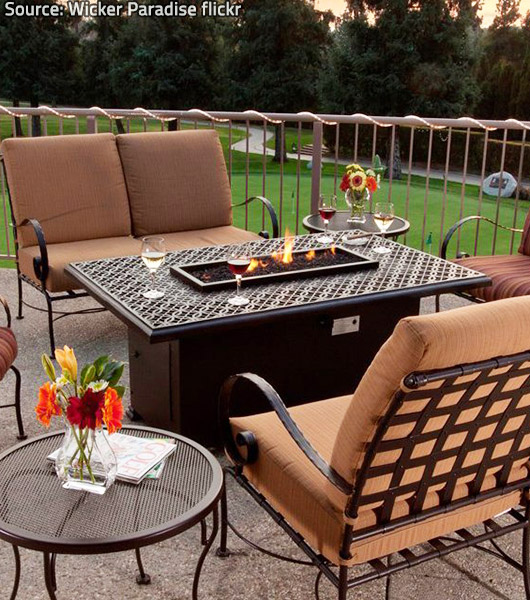
Those who seek for a classy look of their outdoor fire features have a great variety of elegant fire pit tables to choose from.
Portable propane fire pits are either very lightweight and easy to carry around or have convenient wheels, so that you can move them anywhere you want;
- Copper bowl fire pits are extremely durable because copper has a very high melting point. They are more expensive than most other options as they are considered very fancy because of the pretty color of the metal and the available exquisite shapes;
- Cast-iron fire pits are another excellent choice for a lovely outdoor fire feature– not only are they long-lasting and very beautiful but also quite affordable;
- Sojoe fire pits are portable fire pits which have a deep basin made of a thick cold-rolled steel shell that is very durable. They come in a variety of models, most of which have interesting patterns on the sides including celestial elements, wildlife, etc. Many Sojoe fire pits are fitted with a removable grill for preparing food, a mesh lid, poker and cover;
- Fire pit tables, however, remain the most widely preferred choice – actually, they are fire pits that are either built into outdoor tables or have a table-like rim surrounding the flames. They are very handy (both for holding food that you are grilling and for resting your beverage or plate while you relax around the fire) and come in a variety of exquisite designs that attract a lot of interest and admiration.
Other beautiful and convenient options you can choose from include modern gel fuel fire pits and natural gasNatural gas is a flammable fossil fuel composed mainly of me... More fire pits, as well as the ever more popular chiminea fire pits (temporary structures which can burn different kinds of fuel). They have a tall chimney-like top and vary in styles and materials (some are made of metals but terra cotta chimineas are considered the best). Chimineas don’t give off too much heat but add unparalleled charm and coziness to the ambience associated with midsummer nights’ romance.
The choice is all yours but before making any final decisions, consult the local rules and regulations on fire features and fire safety. Bonfires, for example, are not permitted at all in some areas and you may need a special permit to build them in others. There are some restrictions concerning the use of fire pits as well, although they are supposed to be much safer. Safety, however, depends primarily on your careful attitude and proper approach when building a fire in your backyard.
Preparing Your Outdoor Fire
In order to avoid any fiery accidents, stick to the following simple rules and fire safety tips when preparing a bonfire or a fire pit:
Find an Appropriate Location
The correct positioning of your fire is of paramount importance for a trouble-free experience. Remember that:
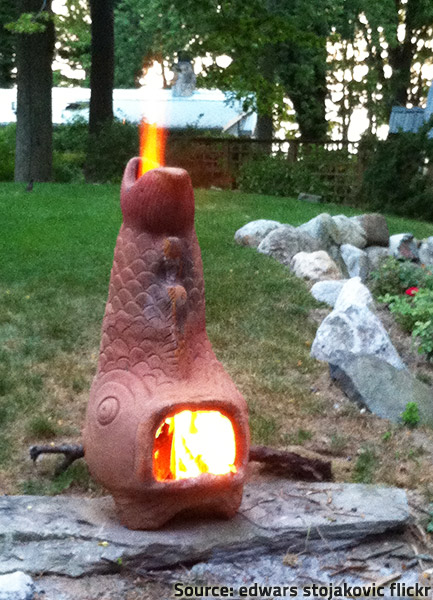
Outdoor fire pits should be located on a solid, non-flammable surface, at least 10 feet away from the nearest building.
- Bonfires should be set up at least 50 feet from the nearest building while 10 feet is considered enough for fire pits. However, if possible, provide for a 25 foot distance between the fire pit and the nearest structures (including the fence), to be on the safe side – metaphorically and literally;
- You should never build a fire under a covered porch or low hanging tree branches. Make sure there are no cables, telephone wires, etc. above the flames;
- Build bonfires away from sheds, fences, shrubs, and trees;
- Always place a fire pit on a steady non-flammable surface, such as patio blocks or concrete, not on a wooden deck or directly on grass. You can check out interesting tips on creating concrete patios at Concrete Pros Austin.
Prepare the Surroundings
- Clear any flammable materials away. There should be no dry leaves, paper, fabrics or anything that can easily catch fire in a diameter of at least five feet around the fire. This will help prevent any escaped flames from spreading;
- Pile some rocks around the fire to prevent it from escaping;
- Experienced firefighters advise that your fire pit should be at least 6 inches deep at the center and 2 feet across to help keep the embers and flames contained.
Prepare the Materials
Unless you have a gas/gel burning fire pit, you will need plenty of wood to start and maintain your fire, as well as some other useful materials and fire protection equipment. Here is what you need to do:
- Be careful to only burn dry material because damp wood causes more smoke and hides greater risks;
- Get some paper and a store bought fire starter to light a fire pit;
- You will need charcoal lighter fluid and a long stick or a torch type poll for a bonfire;
- Make sure you have a fire extinguisher in good working condition handy;
- It is a good idea to keep a few buckets of water nearby so that you can immediately soak down any flames that try and spread;
- Prepare a shovel to extinguish any escaped flames or to put out the fire itself.
Lighting an Outdoor Fire
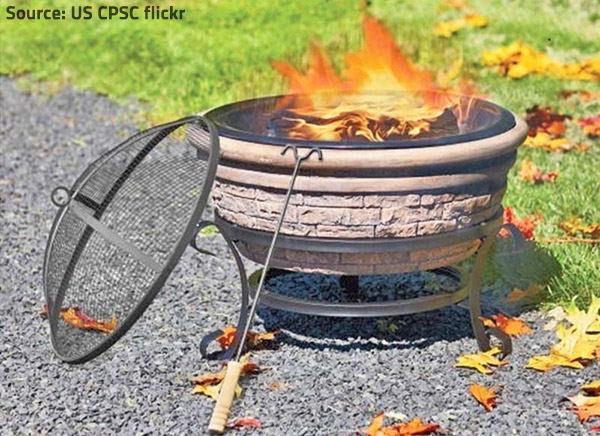
It is really easy to lighten and maintain a backyard fire pit when you follow the relevant fire safety rules.
Once you have chosen an appropriate location and have prepared both the surroundings and the required materials, there is just one more thing to take into consideration before lighting your backyard fire – the weather. Check the climatic conditions (especially the wind speed and direction) and remove anything flammable downwind of the designated fire location. It is too windy to have a fire if the wind is strong enough to noticeably sway the trees and blow debris around. If the weather is favorable, you can proceed:
- To light a bonfire, soak the tip of a long stick or a torch type poll in charcoal lighter fluid and use a lighter or a match to safely start the fire. Don’t forget to fasten the lid of the charcoal lighter fluid tightly in order to prevent any vapors from escaping and to put the container away;
- To light a fire pit, you don’t need lighter fluid – just use a commercial fire starter stick with kindling on top. Place several small sticks on top of crumbled paper and light it with a match or lighter. As the fire begins to grow, add larger pieces of seasoned wood to keep it burning steadily;
- Never use gasoline or other flammable fluids to light or relight wood burning fires!
Maintaining the Fire
The following fire safety tips will allow you to enjoy your backyard fire without worrying about fire hazards:
- Keep your fire burning gently and confine it to a manageable size – never pile the firewood too high as you don’t want burning pellets to spill out;
- Don’t put garbage or paper into the fire as it can easily spark and throw off embers or burning remnants;
- Don’t burn soft woods like pine or cedar and never cut live trees or branches from live trees to put them in your fire. Burning old furniture and other household items is very dangerous as well, as their coatings, polishes, etc. may produce high uncontrollable flames. Only dry seasoned wood should be used to ensure fire safety;
-

Let your fire burn gently and safely so that you can enjoy its beauty without worrying about fire damage to your property.
Use screens to prevent sparks from flying out and to protect the flames from the wind;
- Consider a wire mesh cover for your outdoor fire pit to keep embers inside and to prevent children or pets from falling in;
- The nearer children and pets get to the fire, the greater the risk of an accident;
- Don’t wear flammable or loose-fit clothing while you are near the flames and use safety gloves when handling your fire;
- Never leave your backyard fire pit or bonfire unattended!
No safety tips, however, will be complete unless you know how to safely extinguish the fire and properly dispose of the ashes.
Extinguishing Bonfires and Fire Pits
Outdoor fire safety necessitates that you put out the fire carefully and monitor it for a while.
- Allow the wood to burn completely to ashes and spread them over a larger area. You can use metal rakes or shovels to separate and turn over the embers. Let them cool down for a little bit;
- Don’t bury the fire as it will continue to smolder and could catch roots on fire that will eventually get to the surface and start a wildfire;
- Gently pour water over the charred materials until the hissing sound stops and periodically add some more water until all the embers and ashes are fully and safely extinguished. Everything should be wet and cold to the touch before you leave;
- Keep an eye over the area for some time to make sure the fire won’t flare up again when the wind stirs the ashes or if a flammable piece falls too close to the embers;
- Dispose of the ashes in a safe manner. Discarding them directly in compost piles may cause great troubles so keep ashes in metal containers away from paper bags, cardboard boxes, and other flammable materials, for a couple of days to ensure your peace of mind and to prevent a fire disaster.
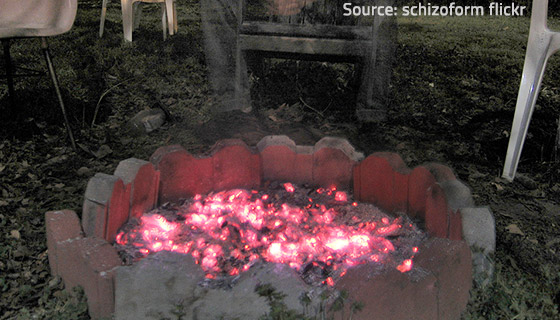
Make sure fire won’t flare up again later in night.
Fire pit safety (or bonfire safety) should be your primary concern when building your outdoor fire. However, if the flames spread despite the precautionary measures you have taken, immediately call 911! Then, do your best to extinguish the fire or at least to confine it with the help of fire extinguishers, water and shovels. Whatever you do, your safety and the safety of your family and friends should be your top priority. Be prudent to prevent fire damage and to ensure joyful and festive gatherings around cheerful flames.










